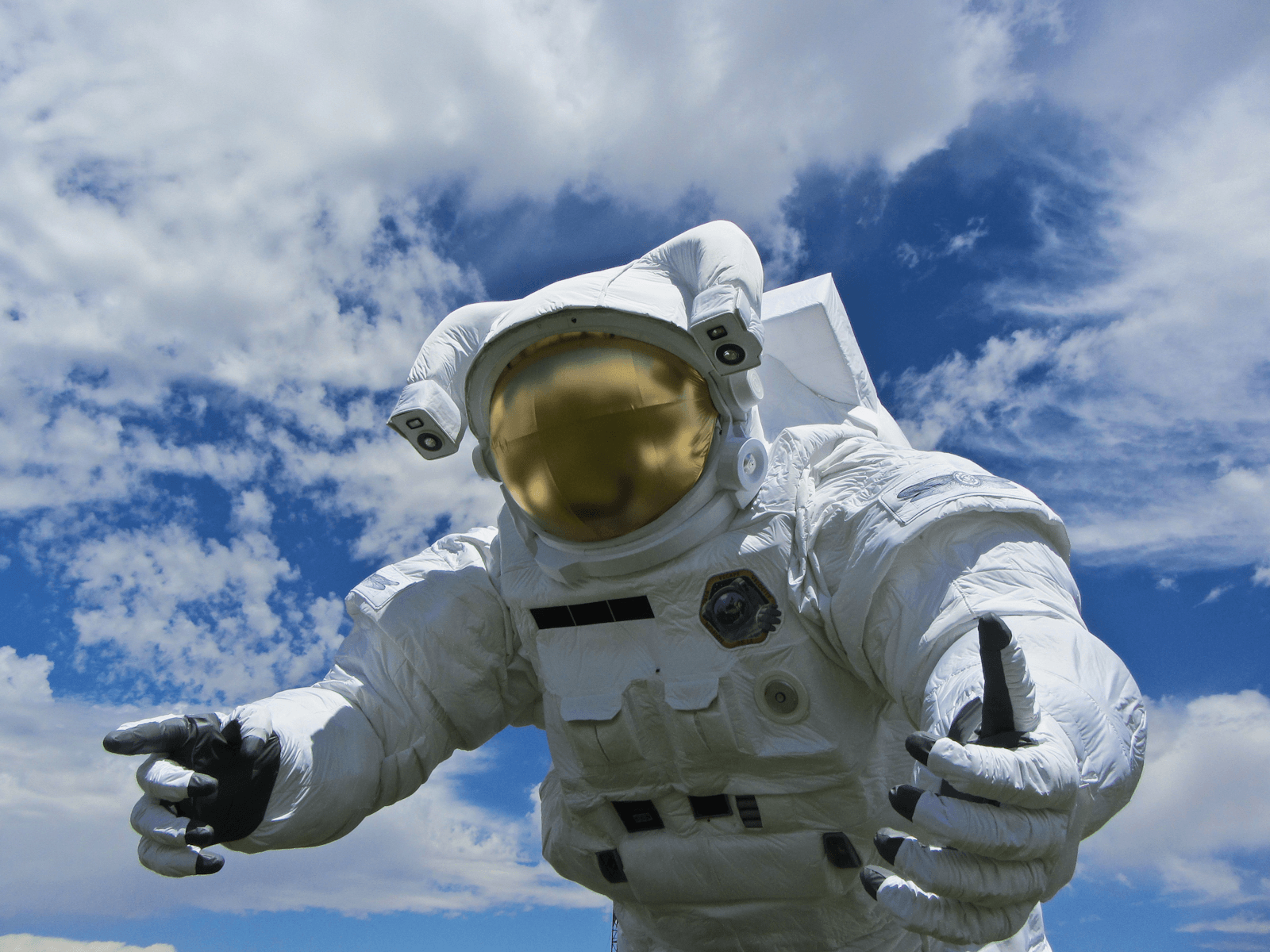When astronaut John Phillips looked down at the Earth from aboard the International Space Station (ISS) in 2005, the image he saw of our home planet was blurry. Normally sharp-sighted, Phillips was taken aback and wondered if his vision was failing. “I thought it would be something that would just go away, and fix itself when I got to Earth,” he later reported.
It did not.
As it turned out, Phillips was ailing from what has now been termed by medical researchers as the Visual Impairment Intracranial Pressure Syndrome (VIIP). Phillips’ case of VIIP was not an isolated incident. Several other astronauts have reported lasting vision changes as well. In fact, VIIP affects nearly 80 percent of all astronauts on long-duration spaceflight missions.
What is of concern is that VIIP is not a condition that merely affects vision, but rather the eye itself. Upon his return, Phillips had undergone rigorous testing, and it was observed that the back of his eyes were now flatter, he had developed choroidal folds in his eyes, and his optic nerves were now inflamed. Similar physiological changes were observed for some of the other astronauts as well. Currently, no clear explanation exists to support how such changes can occur in microgravity conditions.
Image Source: Denis Sinyakov
It has been proposed that the absence of gravity and the subsequent fluid build up in the cranium might play a significant role in causing these changes. On Earth, gravity acts to pull our bodily fluids down towards our feet, but in microgravity conditions fluid levels can build up in the cranium (skull). This can cause a rise in intracranial pressure, which can then have an effect on the eyes as well. Although this theory has been proposed by various space medicine experts and is currently the leading theory to explain this syndrome, it has still not been tested.
Accurately testing the intracranial pressure would require either a spinal tap or drilling a hole in the skull, both of which are invasive procedures, and would be quite difficult to perform safely in space. Some researchers here on Earth are opting for more non-invasive measures to study VIIP, such as the head-down tilt test, in which the fluid shifts that occur in microgravity conditions are emulated by slightly tilting a participant’s body. Currently researchers have not found a method that would allow them to test intracranial pressure safely in space.
As the space-manned missions to Mars are been currently planned by both NASA and SpaceX, it is of utmost importance that researchers find a way to better understand and prevent this syndrome. After radiation exposure, VIIP currently remains the the top-most concern for long-duration human spaceflight.
Feature Image Source: astronaut by Alyse & Remi










